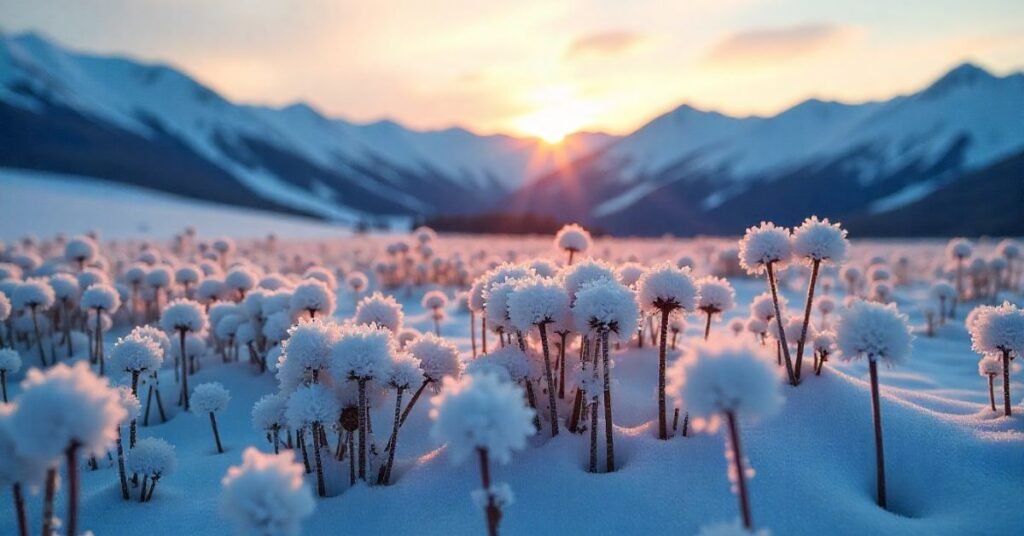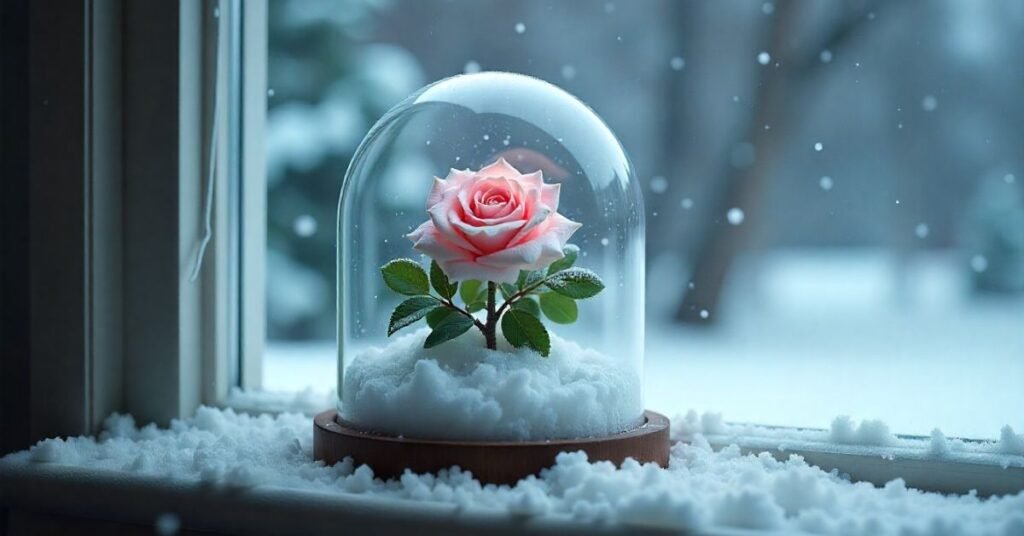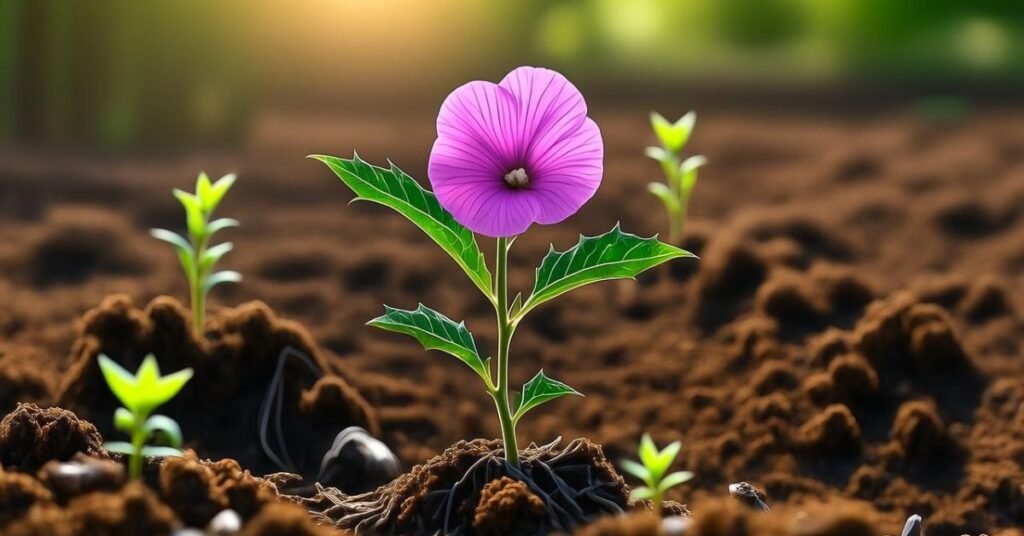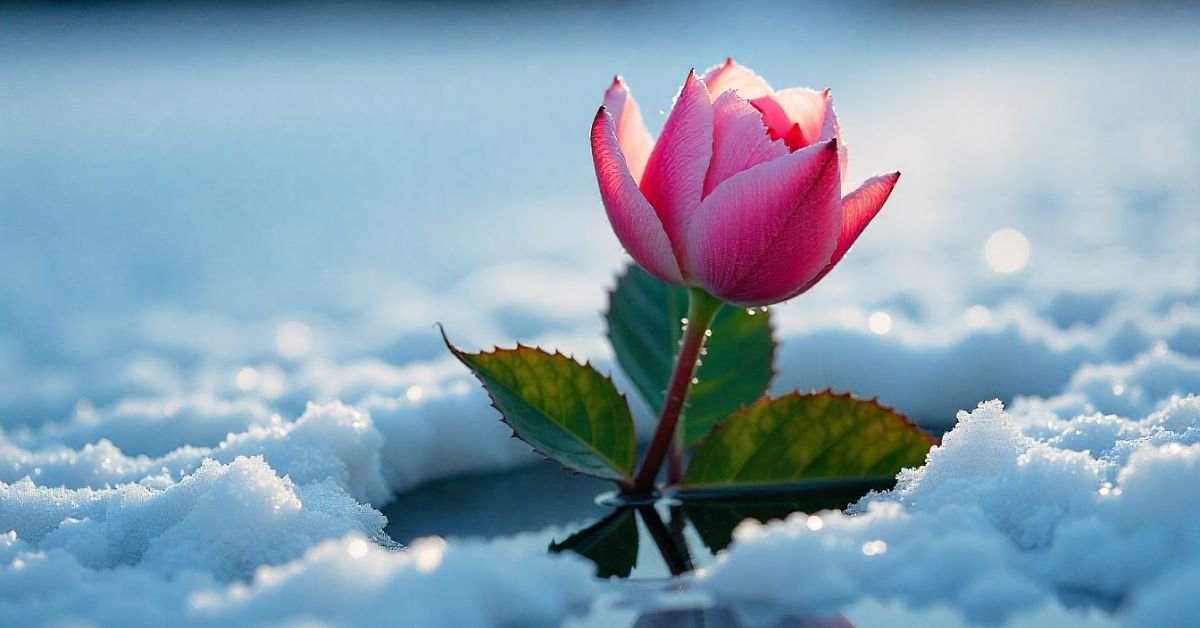Introduction
The snow rose plant is a charming ornamental shrub. It is also known as Serissa foetida. This plant is admired for its tiny white flowers. It has a delicate structure and glossy green leaves. The snow rose plant is often grown as a bonsai. It grows slowly but beautifully.
Watching the stages of its growth feels rewarding. Each stage brings a new charm. From sprouting leaves to flowering, it surprises gardeners. People love seeing it transform in different seasons. Its growth journey keeps plant lovers curious. This makes it an exciting plant to care for.
The snow rose plant starts from young shoots. Then it develops dense foliage. Later, it blooms with small white flowers. Each stage needs care and attention. Proper watering, pruning, and sunlight help it thrive. Growing stages show how fragile yet strong this plant can be.
General Background
The Snow Rose, scientifically known as Serissa foetida, is a small evergreen shrub native to the moist woodlands of Southeast Asia. Its name comes from the unpleasant odor released when its bark or roots are cut, with foetida meaning “foul smelling” in Latin. Despite this, it is one of the most popular bonsai plants. Though it requires careful attention and can be a challenge to maintain, the Snow Rose rewards growers with elegance and beauty. Because it reacts quickly to stress by shedding its leaves, proper care is essential, especially if the owner travels frequently.
Tree Features
Snow Rose is a dense evergreen shrub.
It has tiny, glossy leaves less than an inch long.
Leaves grow in opposite pairs.

Both old and new wood produce branches.
It is well suited for bonsai cultivation.
In summer, it blooms with small pink buds.
Buds open into funnel shaped white flowers.
Known as the “Tree of a Thousand Stars.”
Its natural rounded shape adds beauty.
A popular choice among bonsai enthusiasts.
Temperature
Being a subtropical species, the Snow Rose requires warmth and humidity to thrive. It should never be placed near vents, radiators, or drafty areas, as dry air or cold drafts can harm it. Most growers need to keep it indoors for much of the year, ensuring a stable environment. Maintaining humidity indoors is often challenging, but essential, as lack of moisture can stress the plant and cause leaf drop. Avoid keeping it on a windowsill with closed curtains at night, as this can expose it to cold conditions.
Lighting
The Snow Rose enjoys bright light but needs protection from harsh afternoon sun. In spring, once temperatures stay above 50°F at night, it can be placed outdoors in a sunny spot with partial shade. It can remain outside until fall, provided temperatures don’t drop below 39°F. During winter, it should be placed in a bright and cool indoor spot or in a warm location between 65–90°F, where it may continue growing if conditions are right.
Watering
Watering the Snow Rose requires balance, as it dislikes both soggy soil and complete dryness. The soil should be watered thoroughly and then allowed to nearly dry before watering again. Daily checks are important, but watering should only be done when necessary. A gravel tray with water can help maintain humidity, but the pot must not sit directly in water. Yellowing leaves often indicate overwatering, while dry, brown, and crispy leaves suggest underwatering or low humidity. Both conditions stress the plant, so careful monitoring of soil moisture is crucial.
Fertilizing
Feeding the Snow Rose should follow its growth cycle. During the winter months (September to March), fertilize once a month. In the active growing season (March to September), feed every two weeks to support healthy growth. Always fertilize when the soil is already moist to avoid root burn. Do not feed the plant if it has lost leaves or is not showing new growth, as this can do more harm than good.
Pruning and Training
Regular pruning is essential to maintain the shape and health of the Snow Rose. Leaves can be gently pinched off, while unwanted sprouts near the trunk or base should be trimmed to prevent them from draining the tree’s energy. Black or rotting branches should be removed immediately. The clip and grow method works well for this species, and wiring is possible on smaller branches, though care is needed as larger branches are brittle and the bark marks easily. The Snow Rose can be styled in many bonsai forms, except the strict formal upright, offering flexibility for creative growers.
Pests/Insects
| Pest/Insect | Signs on Snow Rose Plant | Solution/Control Method |
| Aphids | Sticky residue, curled or yellowing leaves | Spray with neem oil or insecticidal soap |
| Spider Mites | Fine webbing on leaves, dry or speckled foliage | Increase humidity and use miticide or neem spray |
| Scale Insects | Small bumps on stems and leaves, sticky residue | Gently scrape off and apply horticultural oil |
| Whiteflies | Tiny white insects flying around when disturbed | Use yellow sticky traps or insecticidal spray |
| Mealybugs | Cotton like clusters on stems and leaf joints | Dab with alcohol soaked cotton or neem solution |
Propagation
The Snow Rose plant is usually propagated through cuttings. Softwood cuttings are the best choice. Take healthy shoots during the growing season. Cut them about 3 to 4 inches long. Remove the lower leaves to expose the nodes. Place the cuttings in moist, well draining soil. Keep them in a warm and humid spot. Roots start forming in a few weeks. With proper care, the cuttings grow into new plants.
Tips for Snow Rose Plant

- Place in bright light with some shade.
- Avoid cold drafts and sudden temperature changes.
- Keep humidity levels high around the plant.
- Water only when the soil is nearly dry.
- Do not let roots stay in soggy soil.
- Fertilize during the growing season.
- Prune regularly to maintain shape.
- Remove dead or black branches quickly.
- Protect from pests like aphids and mites.
- Report every two years with fresh soil.
Conclusion
The Snow Rose plant is delicate but rewarding. It needs care, attention, and patience. With proper watering, light, and pruning, it thrives well. Its tiny white flowers bring beauty and charm. For bonsai lovers, it is a perfect choice. This plant teaches balance and consistency in care. Growing a Snow Rose is truly a joyful experience.
FAQs
1. How often should I water my Snow Rose plant?
Water only when the soil is nearly dry, but never let it stay soggy.
2. Can I keep the Snow Rose plant indoors?
Yes, it can be kept indoors in bright light with good humidity.
3. Why is my Snow Rose dropping leaves?
Leaf drop is often caused by stress, overwatering, or sudden changes in environment.
4. When is the best time to report a Snow Rose?
Spring is the best season to report for healthy growth.
5. Does the Snow Rose plant flowers year round?
It mainly blooms in summer but can flower year round in the right conditions.


